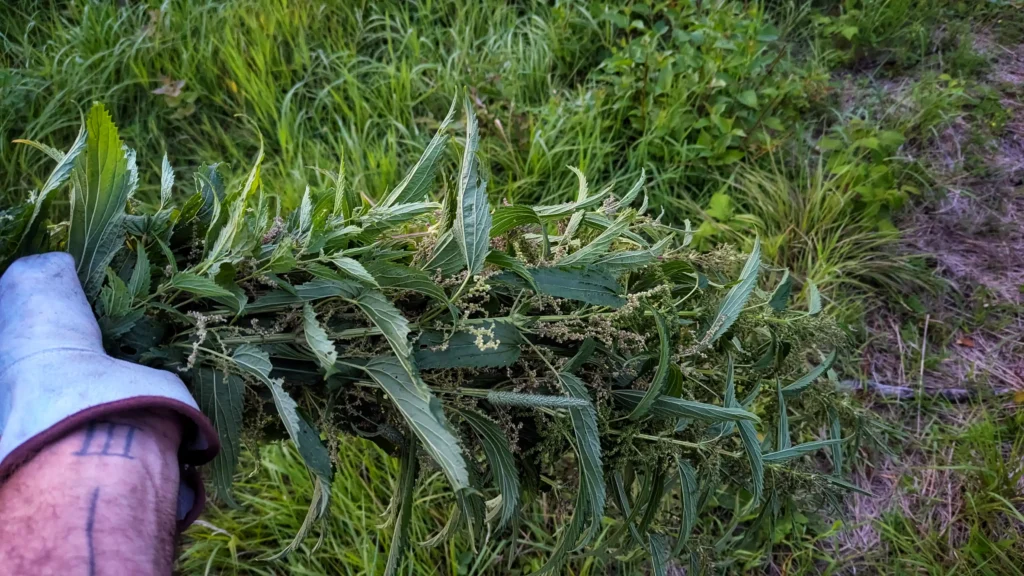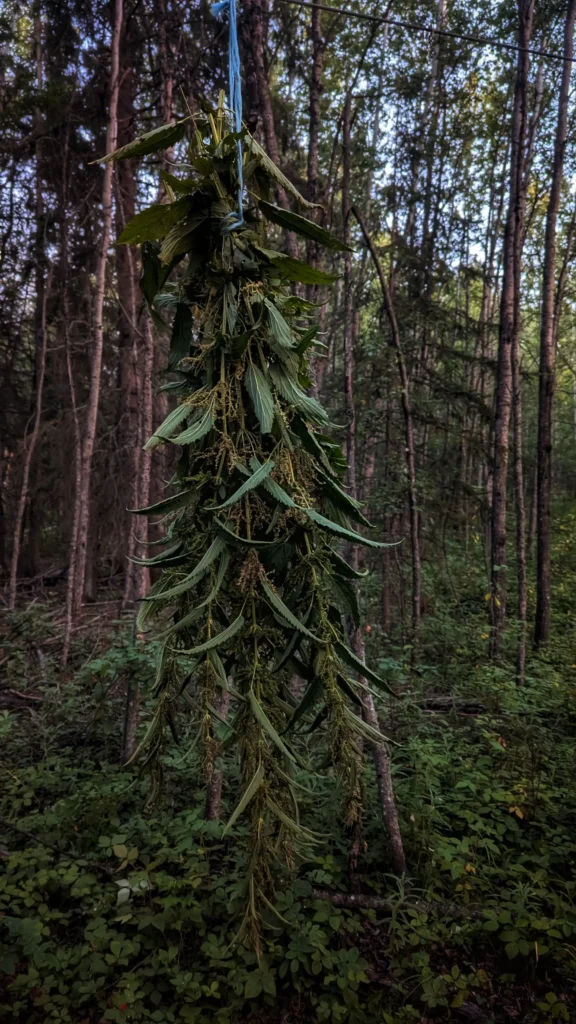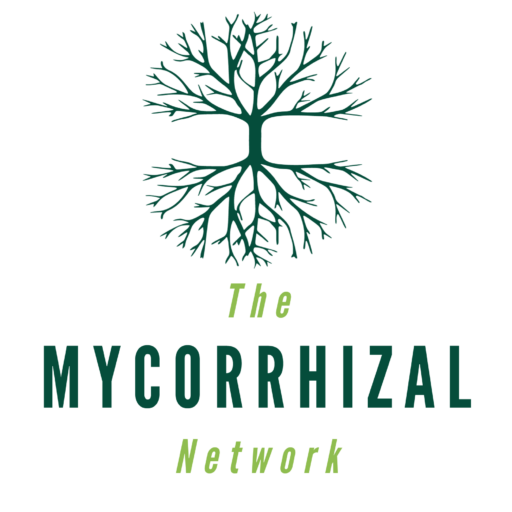🌿 Stinging Nettle: Nature’s Nutrient Powerhouse
If you’ve ever brushed against a stinging nettle in the wild, your first thought was probably how to avoid it next time—not harvest it. But this prickly plant is one of the most underrated medicinal and nutritional powerhouses in the natural world.
At WoodFrog Hollow, we embrace wild abundance. And stinging nettle (Urtica dioica) is one of the most generous gifts the land gives us every spring and summer.

🌱 What Is Stinging Nettle?
Stinging nettle is a perennial plant that grows in moist, nitrogen-rich soil. It’s easily identified by its serrated leaves and tiny, stinging hairs that can cause temporary discomfort on contact. But once dried or cooked, these hairs lose their sting—leaving behind a safe, nutrient-rich plant that’s been used for centuries in traditional medicine and cooking.

💚 Nutritional Benefits
Nettle is truly packed with vitamins and minerals, including:
- Iron
- Calcium
- Magnesium
- Vitamin C
- Vitamin K
- B vitamins
- Amino acids
It’s also rich in chlorophyll and antioxidants, making it a potent daily tonic for overall well-being.
🌿 Common Uses of Stinging Nettle
Here are just a few ways we use nettle around the homestead:
🍵 1. Nettle Tea
Steep dried nettle leaves in hot water for a mineral-rich herbal tea. Great for energy, inflammation, and seasonal allergies.
🍲 2. Cooking Green
Use blanched nettle in soups, pestos, or sautés in place of spinach. It has a rich, earthy flavor and adds a nourishing punch to any dish.
💪 3. Joint & Inflammation Support
Nettle has anti-inflammatory properties. Traditionally, it’s been used to ease joint pain, arthritis symptoms, and sore muscles. Some people even use fresh nettles (carefully!) to stimulate circulation directly on the skin.
🩸 4. Blood Builder
Thanks to its iron content, nettle is an excellent herb for those with low energy, blood deficiency, or anemia. It’s often recommended postpartum or during menstruation.
🌼 5. Natural Allergy Relief
Nettle acts as a natural antihistamine and can be incredibly helpful for springtime allergies. Many find regular nettle tea or tincture keeps their symptoms at bay.
🐓 6. Livestock Feed Supplement
We dry and crush nettle to add to our chickens’ feed—it boosts their health, brightens yolk color, and increases egg production naturally.
✨ Harvesting & Preparation Tips
- Wear gloves! The fresh plant will sting.
- Harvest in spring or early summer when leaves are young and vibrant.
- Dry leaves in a warm, dark area and store in airtight containers.
- Once dried or cooked, the sting disappears completely.
🌿 Final Thoughts
It’s easy to overlook wild plants, especially those that bite back—but nettle has more to offer than most garden greens. Whether in your teacup, soup pot, or medicine cabinet, stinging nettle is a beautiful example of how the “weeds” we avoid are often the very healers we need.
“He causes the grass to grow for the cattle, And vegetation for the labor of man, So that he may bring forth food from the earth.” – Psalm 104:14
Have you used stinging nettle before? Share your favorite way to enjoy it in the comments!
